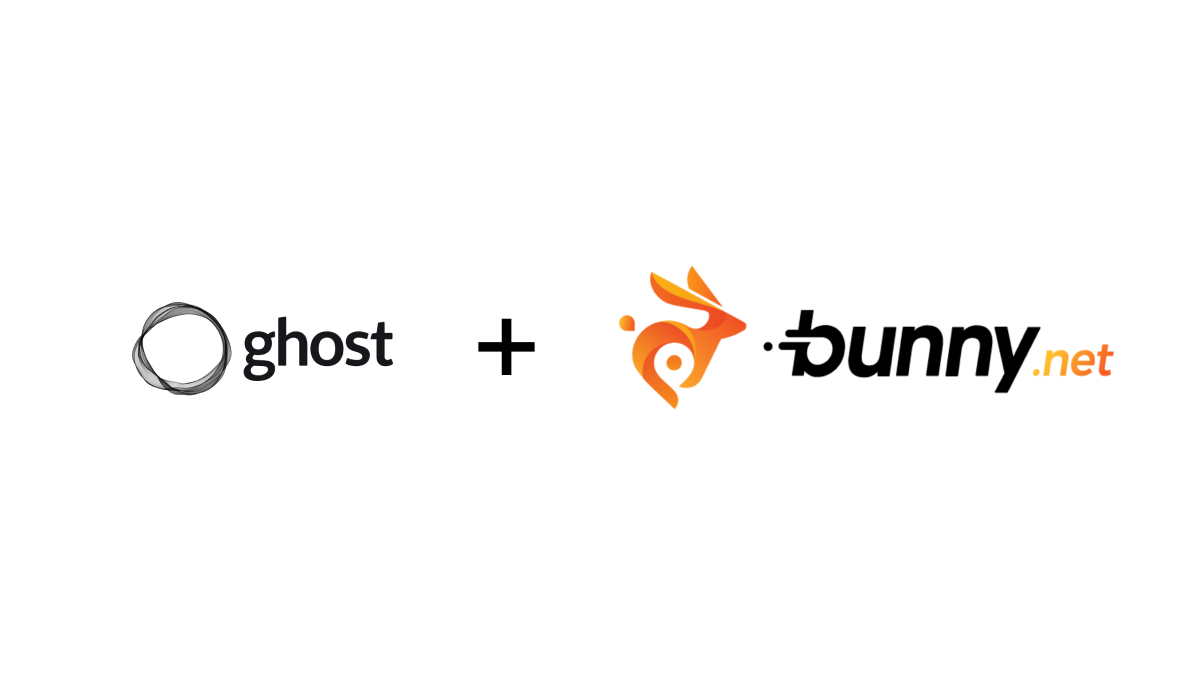Long story short: All customer website on Magic Pages now run on a worldwide distributed content delivery network for media files. This will make your Ghost website faster, since media files are not served from our main server in Central Europe, but one of over 400 locations worldwide.
And for those who want to learn a bit more, the long version 👇
Content delivery networks (CDNs) have one goal: make a website faster.
Think about it this way: your website is usually hosted on a single server. That server has a physical location. For Magic Pages, that physical location is on the German/Dutch border.
But what if your visitors are located in New Zealand? That's an awful long distance your website has to travel.
A content delivery network bridges that huge gap. Classic CDNs have servers all over the world. Every one of these servers has a small copy of your website. So, when your visitor from New Zealand opens your website, the server closest to them rolls out its copy – in a fraction of the time that would be necessary to go all the way to Germany and back.
This practice will significantly improve your website's speed – and help not only with user experience, but also with search rankings.
To leverage this, we have recently explored the integration of BunnyCDN with a Ghost website. You can read more about it in our blog:

After using BunnyCDN on the magicpages.co website for about a month, the initial idea was to roll this out to all Magic Pages customer websites.
However, as you can see in the blog post above, setting up a classic content delivery network is complex. For all .mymagic.page subdomains, this wouldn't be an issue, since we have full control over these. However, all custom domains used on Magic Pages would need additional complex setup steps.
This led us to the exploration of a different route: image content delivery networks.
Image CDNs are the same as classic CDNs – but, as the name suggests, they focus on images. Image files are the biggest asset any website has. Usually, they make up about 50% of a website's size. So, if we can cut about 50% of the traffic and deliver that from a more regional server, it's a huge win already.
The integration of such an image CDN with Ghost is fairly simple, given that Ghost supports storage adapters. These adapters allow a Ghost website to outsource all images and not store them locally.
We have now integrated Amazon's Cloudfront content delivery network with all Magic Pages Ghost websites. Cloudfront has over 400 points of presence worldwide, distributed in 90 cities across 47 different countries.
For existing Magic Pages customers nothing will change. All media files that have previously been uploaded will be served through our main server in Germany. All new uploads will be routed through our content delivery network.
